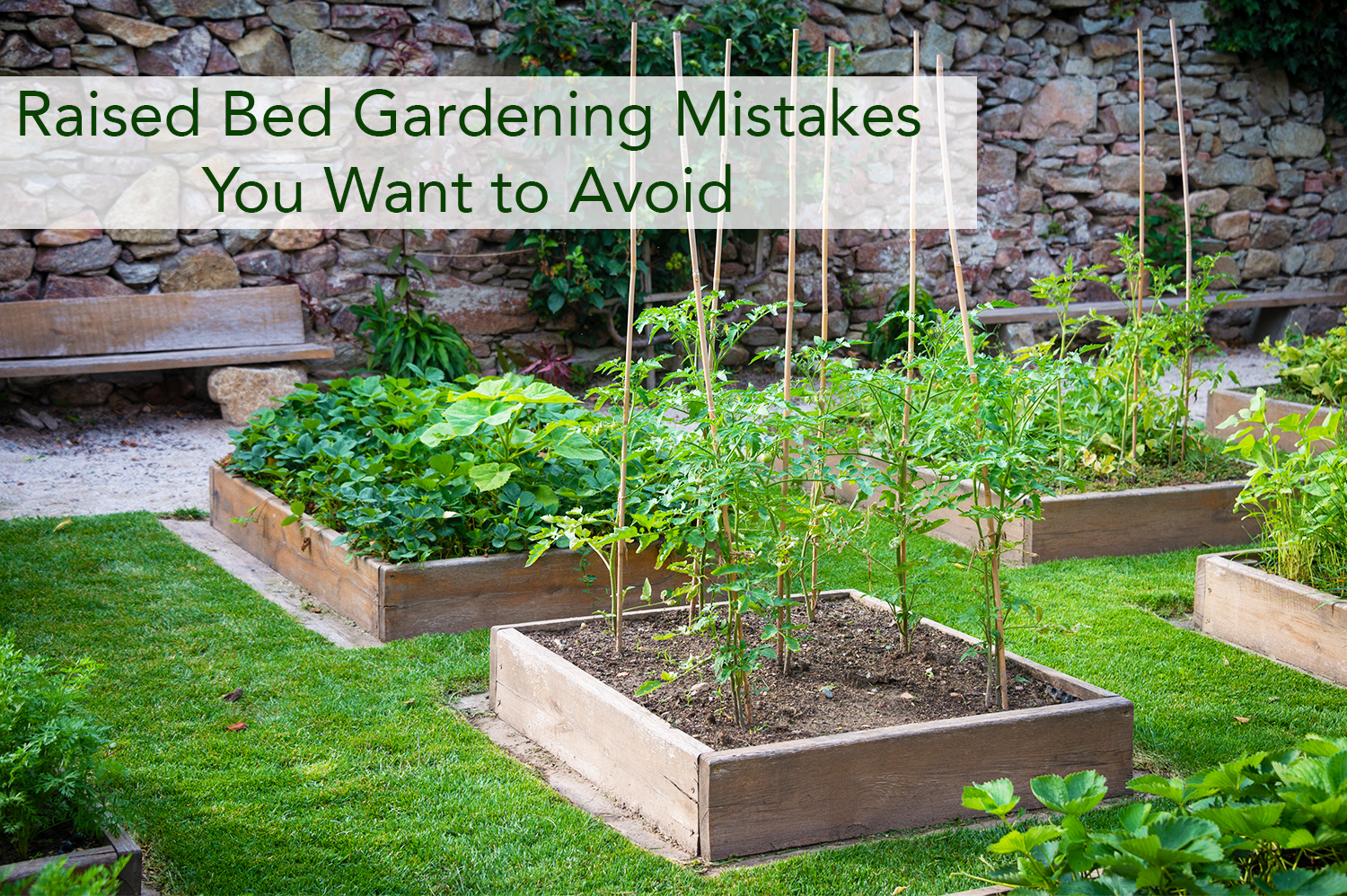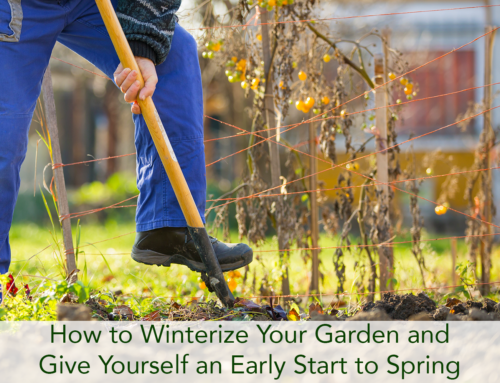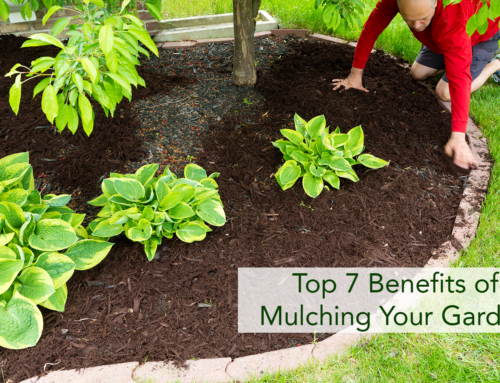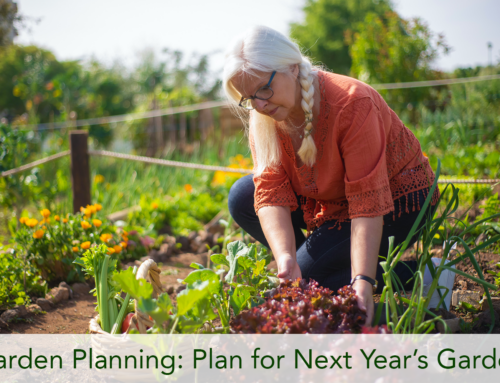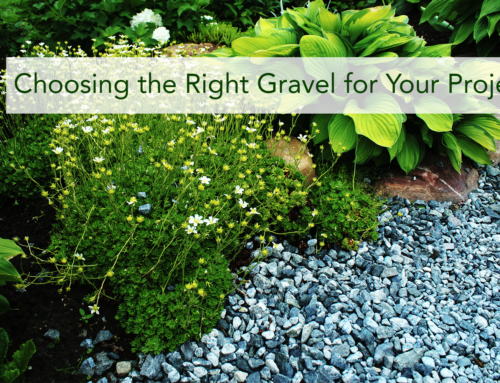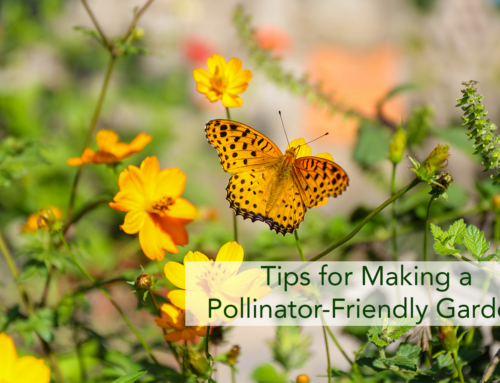Deciding to start a raised bed garden is a wonderful choice! However, this kind of gardening isn’t foolproof, and mistakes can happen. Here are a few common raised bed gardening mistakes to avoid – as well as tips on how to prevent them.
Not Planning Enough
If there’s one thing about raised bed gardening, it’s that it shouldn’t be underestimated. There is a lot of planning that goes into creating a raised bed garden that will flourish properly.
If you’re starting from scratch then there are a couple of key things you need to keep in mind when planning. One is the location. You want your raised garden beds to get at least size hours of direct sunlight a day. Keep in mind that the sunlight in your backyard will change as the seasons progress. You’ll want to think about how the surrounding trees will cast their shade during the spring, summer, and fall.
Another thing you’ll want to plan is the spacing. You may want a couple of beds in your garden, which will give you more room to grow plants. But be mindful of not placing your raised beds too close. Placing them too close together may make it difficult to weed, plant, or harvest from the edge. You also need to be able to walk and kneel comfortably. Having a walkway of at least three or four feet between each bed will offer your ample access, and will allow you to move gardening tools around with ease.
Using the Wrong Building Materials
When building your own raised beds, you’ll want to carefully consider the building materials you use. You don’t want to use materials that are prone to decay or will leach harmful chemicals into your soil.
Pressure-treated lumber has gone through some speculation on whether or not it is safe to use for gardening beds. This stems from older pressure-treated wood (before 2003) contaminating gardens with chemicals. This wood contains chromate copper arsenate, something you definitely don’t want near your garden. However, modern-day pressure-treated lumber uses safer practices than those used before 2003 and is durable and long-lasting, exactly what you want your beds to be made out of.
If pressure-treated lumber isn’t the option you want for your garden, there are other options for you out there. Untreated pine, rot-resistant wood like cedar and redwood, and metal raised beds are just a few options to consider.
Letting Weeds Grow in Pathways
Don’t forget to consider how you’ll keep weeds in check on your paths. People focus so intently on keeping their gardens weed-free that often times the pathway is completely forgotten about. Keeping your paths weed-free is in your best interest, and will save you a lot of headaches. Keeping them clear will mean those weeds will be less inclined to find their way into your raised beds.
To avoid having to weed, place a barrier down before they become problematic. Some good options include pine needles, wood chips, and gravel. This will keep the area around your raised tidy and easy to walk on.
Crowding Your Plants
For raised bed gardening, the planning doesn’t stop at where the raised beds will go. There’s important planning about what goes inside your beds, too.
Give some thought about which plants will be grown in your raised beds. Consider the scale and maturity of the plants when you do. Many plants also have deep root systems, which you need to be mindful of so they don’t get overcrowded and deplete the nutrients in the soil. Be sure to give your plants enough room to grow and thrive.
Using Poor Soil
Using poor soil in your garden beds won’t set your garden up for success. Native soil would be the easiest and cheapest to use, but most of us (especially in Western Colorado) don’t have very good soil naturally. Some think potting soil will do since a raised bed is essentially a large container. But you should skip it, as it drains too quickly and often lacks nutrients to sustain a raised bed garden all season.
For your beds, you’ll need proper drainage, plant nutrition, and water retention. Starting with organic, nutrient-rich soil from the beginning will help your raised beds function best.
If you need help deciding what soil you need for your raised bed garden, Beaver Lakes Garden would be happy to assist you!
Forgetting to Mulch
This is the most common raised bed gardening mistake. Mulching can be heavy and expensive, but it is necessary for optimal results. Even though your garden is raised off the ground, weeds can still invade. Adding a layer of mulch one to two inches deep as soon as you plant can keep weeds at bay. Mulching will also help your plants to retain moisture and regulate their temperature. It’s in your garden’s best interest to mulch, so don’t forget this step!
Let Beaver Lakes Nursery Assist You with Raised Bed Gardening
If you plan to grow in raised beds and make sure to avoid these mistakes, you’ll be well on your way to a great harvest! If you need soil, mulch, and gravel for your raised beds, we are here to supply you with all your organic gardening needs. And if you need some advice, we are happy to provide that as well! Beaver Lakes Nursery & Landscape Supply is located in beautiful Montrose, Colorado, and we can’t wait to help you grow!

